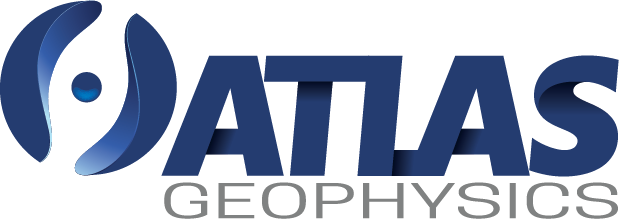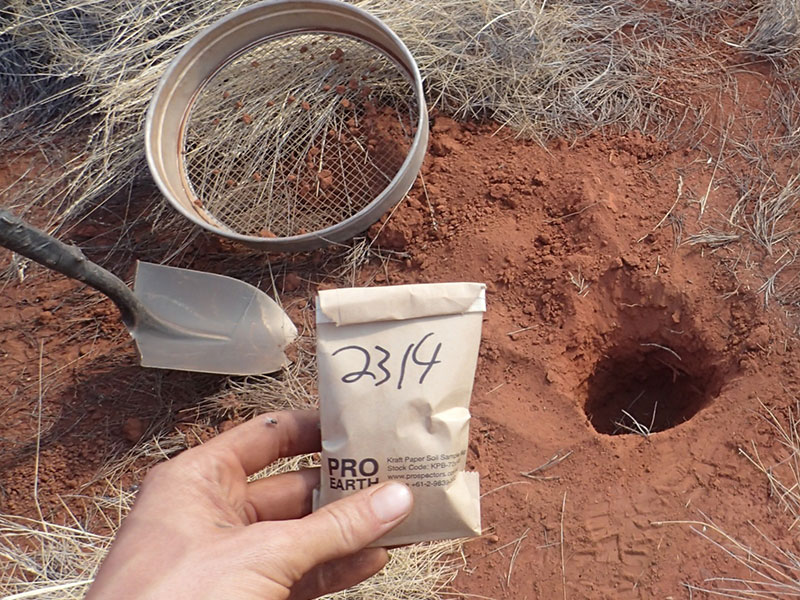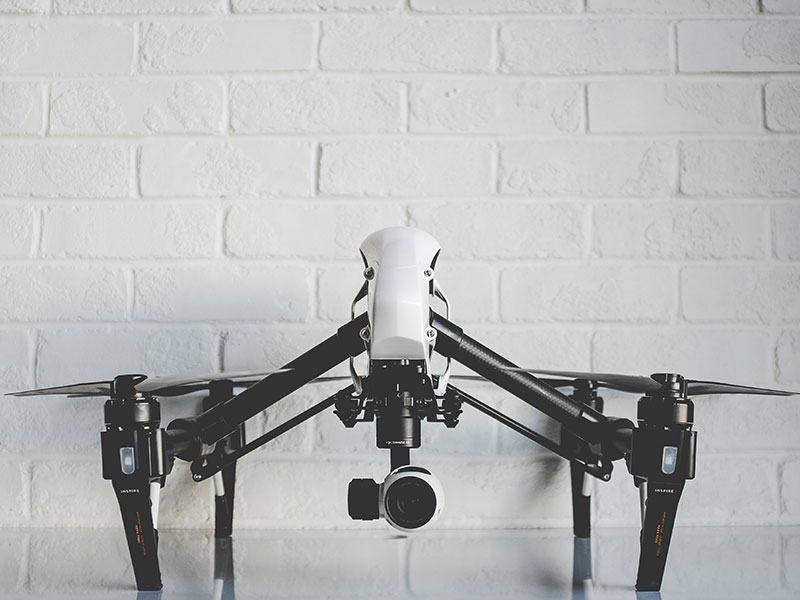TECHNOLOGIES
To the stay at the top of the pack, it's important to keep abreast of new and emerging technologies. Here at Atlas, we dedicate a lot of our time to researching new technologies to make our company more efficient, our data more accurate and our deliverables more useful to our clients. By technology, we don’t just mean hardware. Software, new algorithms and processing techniques are just as important and we feel by constantly evolving these, we can differentiate ourselves from the rest.
THE FOREFRONT OF GEOPHYSICAL TECHNOLOGIES IS HERE
GRAVITY METERS
Although we do own some of the old school gravity meters such as the Lacoste and Romberg and Worden, we do believe that the Scintrex CG5 relative gravity meter is superior and have found these instruments, with proper care and handling, give unrivalled levels of accuracy over other relative meters. The lightweight, rugged gravity meter performs excellently in all modes of transportation and we find we can achieve exceptional production rates on foot whilst recording super accurate data.
Our fleet of meters are regularly calibrated and serviced to ensure they are performing at their best. In addition to our fleet of Scintrex CG5 meters, we do have a smaller fleet of Scintrex CG3-M meters, but find them to be heavy and cumbersome. They are great for vehicle or helicopter based surveys.
GNSS (Global Navigation Satellite System) Receivers
A gravity survey is only as good as the positional survey. A lot of geophysicists forget how important elevation control is, and when surveys are located under canopy or in hilly terrain, GNSS accuracy becomes very important. Through years of experience, we have found that a combination of real time and post processed kinematic GNSS survey coupled with high end GNSS receivers can give centimetre accuracy in almost all survey conditions. A GNSS receiver should track all of the currently available signals, so by this we mean GPS, GLONASS, BEIDOU, GALILEO, QZSS! The use of these extra signals, in particular BEIDOU has many advantages:
- Increased satellite signal observations. An additional 14 BEIDOU satellites means more than 30 satellites can be tracked at once! This is really handy under canopy or in built up areas
- Markedly increased spatial distribution of visible satellites
- Reduced horizontal and vertical dilution of precision (DOP) factors
- Improved post processed kinematic (PPK) and real time kinematic (RTK) performance.
- Decreased gravity station occupation times meaning faster acquisition.
Atlas utilises a multitude of receiver types, depending on the survey conditions. Our large fleet of over 50 receivers includes the likes of Leica, Trimble, Navcom and Ashtech.
CONTACT ATLAS
If you have any questions regarding what we offer or how we can help your situation, please feel free to give us a call, send an email, or fill out the form below.
POSTAL ADDRESS
PO Box 1049
Morley WA 6943
MAIN OFFICE
Western Operations
38/515 Walter Rd E, Morley WA 6062
(08) 6278 2898
KIMBERLEY OFFICE
North Western Operations
PO Box 1092
Broome WA 6725
(08) 6278 2898
SA OFFICE
Central & Eastern Operations
PO Box 284 Morphett Vale SA 5162
(08) 7070 8088
NT OFFICE
Northern Territory & Queensland Operations




